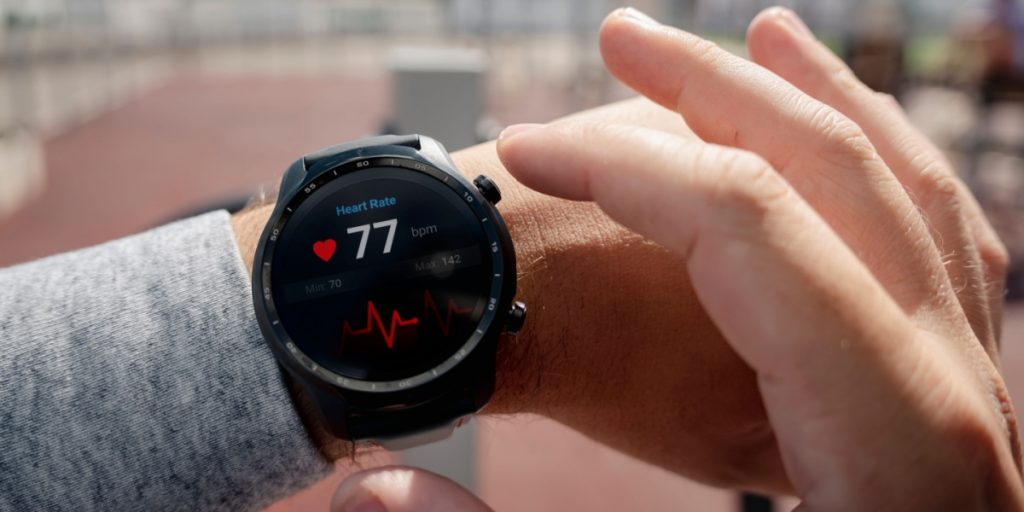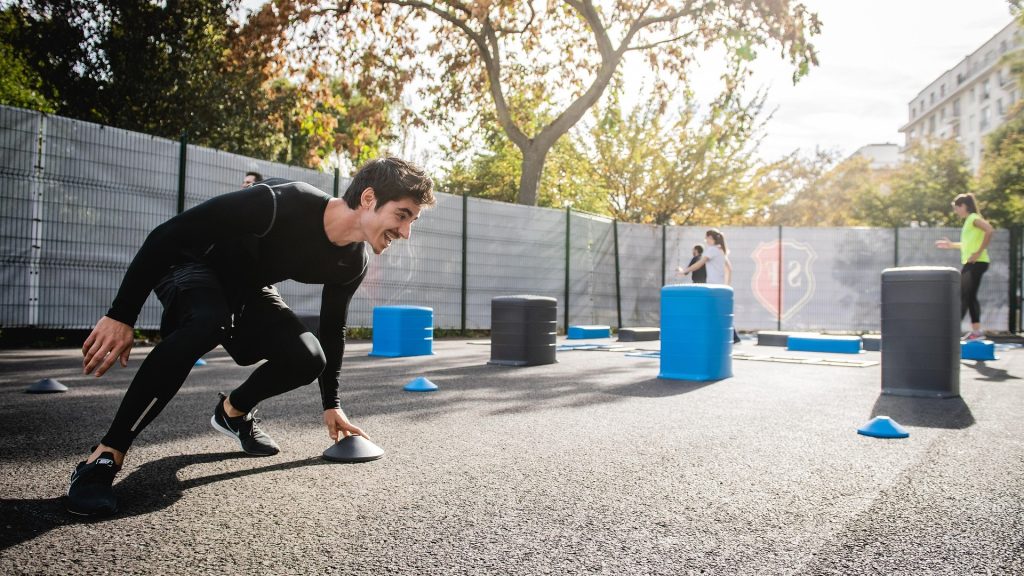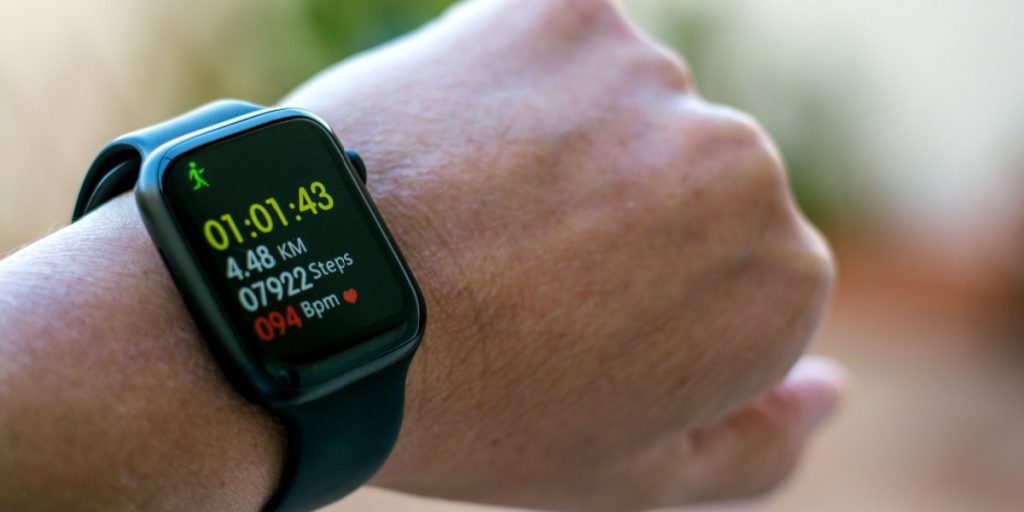Your heart rate tells you whether you’re training correctly.
Others are reading now
If you want to build endurance, improve your health, or simply get more out of your workouts without pushing to your limits, Zone 2 training might be what you’re looking for.
It’s gaining serious attention among fitness professionals, athletes, and even beginners. And for good reason.
What is Zone 2 Training?

As reported by Esquire, Zone 2 refers to a specific heart rate range—roughly 60–70% of your maximum heart rate—where your body is working but still comfortable.
You should be able to talk but not sing.
Also read
Think steady cycling, brisk walking, light jogging, or swimming at a pace you can maintain for a while.
What is Zone 2

It’s part of a five-zone model that categorizes workout intensity based on heart rate.
Zone 1 is very light, Zone 5 is maximum effort.
Zone 2 is right in the sweet spot of moderate, sustainable effort.
How to Find Your Zone 2

There are two easy ways to estimate your Zone 2:
- Basic method: 220 minus your age gives your estimated maximum heart rate. Take 60–70% of that number.
- Talk test: If you can hold a conversation but singing feels like too much, you’re likely in Zone 2.
For the most accurate results, some athletes use performance diagnostics or lactate testing, but most people can get by with a heart rate monitor or just by listening to their body.
Why Is It so Effective?

Zone 2 training boosts how your body uses fat for energy by improving your mitochondrial function—the tiny energy producers in your cells.
Over time, this helps you become more efficient, increases your basic endurance, and supports heart health.
It’s also low-impact, meaning you can recover faster and train more consistently without burnout.
That’s why professional athletes often use it for active recovery or as a base-building method between intense training blocks.
Is It Good for Beginners?

Absolutely.
It’s easy on the joints and manageable for people at any fitness level.
Beginners benefit from improved health markers without the risk of overtraining, while advanced athletes use it to build a solid aerobic base.
How Often Should You Do It?

Aim for 2 to 4 sessions per week, lasting 45 to 90 minutes.
The key is consistency.
The effects take time to show up but are long-lasting—supporting both your fitness goals and daily energy levels.
Why Not Just Train Hard All the Time?

Training at full intensity every session can lead to exhaustion and injury.
High-intensity sessions like HIIT and sprints have their place, but Zone 2 offers balance.
It helps improve fat burning, lowers your resting heart rate, and strengthens your cardiovascular system—all without the stress of peak exertion.
Do You Need Gear?

A heart rate monitor, sports watch, or smartwatch can help you stay in the right zone.
For more accuracy, many athletes prefer chest straps.
But tech isn’t essential. If you can talk comfortably while exercising and keep a steady pace, you’re likely in the right range.


